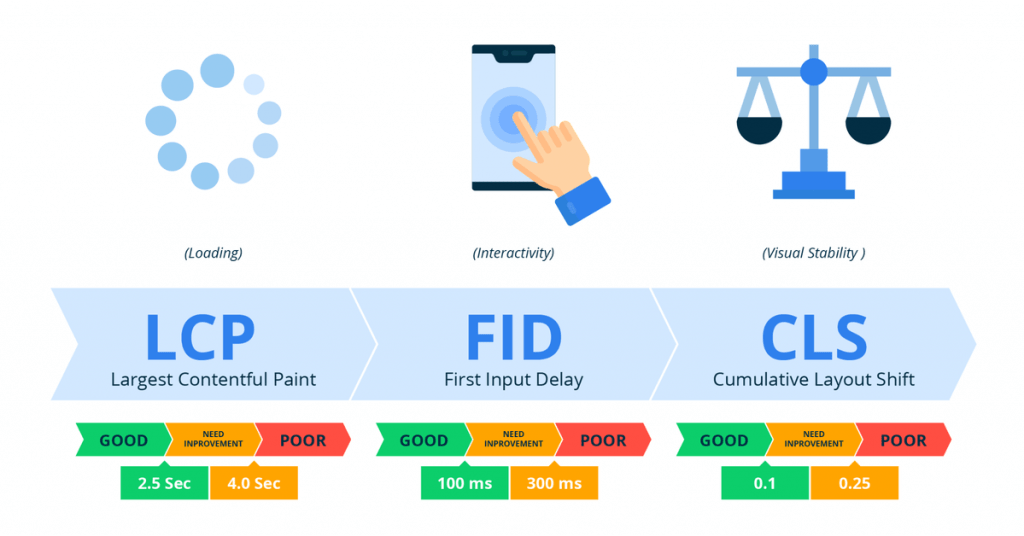Colour plays a vital role in web design, influencing the overall look, feel, and user experience of a website. A well-chosen colour palette can enhance the visual appeal, evoke emotions, and guide users’ actions. But with so many colours to choose from, how do you know which ones to use?
Enter colour theory. Understanding colour theory is essential for creating harmonious and visually appealing web designs. In this article, we’ll explore the basics of colour theory, discuss its importance in web design, and provide tips to help you choose the perfect palette for your projects.
By the end of this article, you’ll have a better understanding of:
- What colour theory is and its key principles
- The importance of colour in web design
- Different colour schemes and how to create them
- Tips for choosing the perfect colour palette
- Tools to help you select and manage your colours
Let’s dive in!
Colour Theory Basics and Key Principles
Colour theory is the study of how colours interact, contrast, and complement one another. It’s a set of principles and guidelines that help designers create visually pleasing colour combinations. Here are some key principles to help you get started:
The Colour Wheel
The colour wheel is a visual representation of the relationship between colours. It consists of 12 colours: three primary colours (red, blue, and yellow), three secondary colours (green, orange, and violet), and six tertiary colours (mixtures of primary and secondary colours). The colour wheel helps you understand how colours relate to one another and serves as a guide for creating harmonious colour schemes.
Hue, Saturation, and Value
Hue – refers to the pure colour itself, such as red, blue, or yellow.
Saturation – Describes the intensity or purity of a colour. A fully saturated colour is vivid and bright, while a desaturated colour appears more muted and grey.
Value – Refers to the lightness or darkness of a colour. A high-value colour is light, while a low-value colour is dark.
Understanding these properties will help you create more balanced and cohesive colour schemes.
The Importance of Colour in Web Design
Colour is a powerful design element that can greatly impact the overall look and feel of your website. Here’s why it’s essential to pay attention to colour in web design:
Aesthetics
The right colour palette can enhance the visual appeal of your site, making it more attractive and inviting to users.
Brand Identity
Colour plays a crucial role in establishing and reinforcing your brand identity. Consistent use of brand colours across your website and other marketing materials can help build brand recognition and trust.
Emotions and Psychology
Different colours can evoke various emotions and influence users’ perceptions and actions. For example, blue is often associated with trust and stability, while red can signify excitement or urgency. Choosing the right colours can help you create the desired emotional response and user experience.
Usability and Accessibility
Using contrasting colours for text and background can improve readability and ensure your content is accessible to all users, including those with visual impairments.
Creating Colour Schemes
There are several types of colour schemes you can use in web design, each with its unique characteristics. Here are some popular colour schemes and how to create them:
Monochromatic
A monochromatic colour scheme consists of different shades, tints, and tones of a single hue. To create a monochromatic scheme, choose a base hue and adjust its saturation and value to generate a range of variations. This type of colour scheme is simple, visually cohesive, and easy on the eyes.
Analogous
An analogous colour scheme includes colours that are adjacent to one another on the colour wheel. For example, you could choose blue, green, and yellow. Analogous schemes create a harmonious and balanced look, as the colours share similar characteristics.
Complementary
Complementary colours are opposite one another on the colour wheel, such as red and green, or blue and orange. A complementary colour scheme offers a high contrast and can create a dynamic, visually engaging design. Be cautious with complementary colours, as they can be overpowering if not balanced correctly.
Triadic
A triadic colour scheme consists of three colours evenly spaced around the colour wheel, such as red, yellow, and blue. This type of scheme offers a vibrant and energetic look, but it’s essential to balance the colours to avoid visual chaos.
Tips for Choosing the Perfect Colour Palette
Now that you know the basics of colour theory and different colour schemes, here are some tips to help you choose the perfect palette for your web design projects:
Start with Your Brand Colours
If you’re designing a website for a specific brand, use the brand’s colours as a starting point. This will help establish a consistent brand identity and make your design more recognizable.
Consider the Mood and Tone
Think about the emotional response you want your website to evoke and choose colours that align with that mood. For example, if you’re designing a website for a spa, you might choose calming colours like blue and green.
Use Contrast for Readability
Ensure there’s enough contrast between your text and background colours to make your content easily readable. High contrast combinations, like dark text on a light background, are generally more accessible.
Limit Your Palette
Too many colours can make your design appear cluttered and chaotic. Stick to a limited palette of 3-5 colours to maintain visual cohesion and simplify decision-making.
Test on Multiple Devices
Colour rendering can vary across different devices and screens. Test your chosen colours on multiple devices to ensure they appear consistent and visually appealing.
Tools to Help You Select and Manage Your Colours
There are numerous tools available to help you choose the perfect colour palette and manage your colours effectively. Here are some popular options:
Adobe Color
Adobe Color is an online tool that allows you to create and save colour schemes based on colour theory principles. You can also explore pre-made colour palettes or generate a palette from an uploaded image.
Coolors
Coolors is a user-friendly colour palette generator that allows you to quickly create, customize, and save colour schemes. You can also browse and search for palettes created by other users.
Paletton
Paletton is a comprehensive colour scheme designer that offers a range of features to help you create and refine your colour palettes. You can experiment with different colour schemes and preview your palette in various contexts.
ColorZilla
ColorZilla is a browser extension for Chrome and Firefox that includes an eyedropper tool, allowing you to pick colours from any web page. It also offers a colour picker, gradient generator, and palette viewer.
Colour theory is a fundamental aspect of web design, and understanding its principles will help you create visually appealing and engaging websites. By carefully considering your colour choices, you can enhance the aesthetics, usability, and emotional impact of your designs. Remember to experiment, iterate, and test your colour schemes on different devices to ensure consistency and accessibility. With practice and a solid grasp of colour theory, you’ll be well on your way to creating stunning and effective web designs that resonate with your target audience.
Don’t be afraid to push your creative boundaries and explore new colour combinations. Keep in mind that the perfect colour palette will vary depending on your project’s unique requirements, the brand’s identity, and the desired user experience. Stay open to feedback and continuously refine your colour choices to ensure your designs remain fresh, engaging, and impactful.
Mastering colour theory is an essential skill for any web designer, and by applying the concepts and tips shared in this article, you’ll be well-equipped to choose the perfect colour palette for your web design projects. Keep experimenting, learning, and growing as a designer, and you’ll continue to create visually stunning and effective websites that captivate and inspire your audience. Happy designing!




